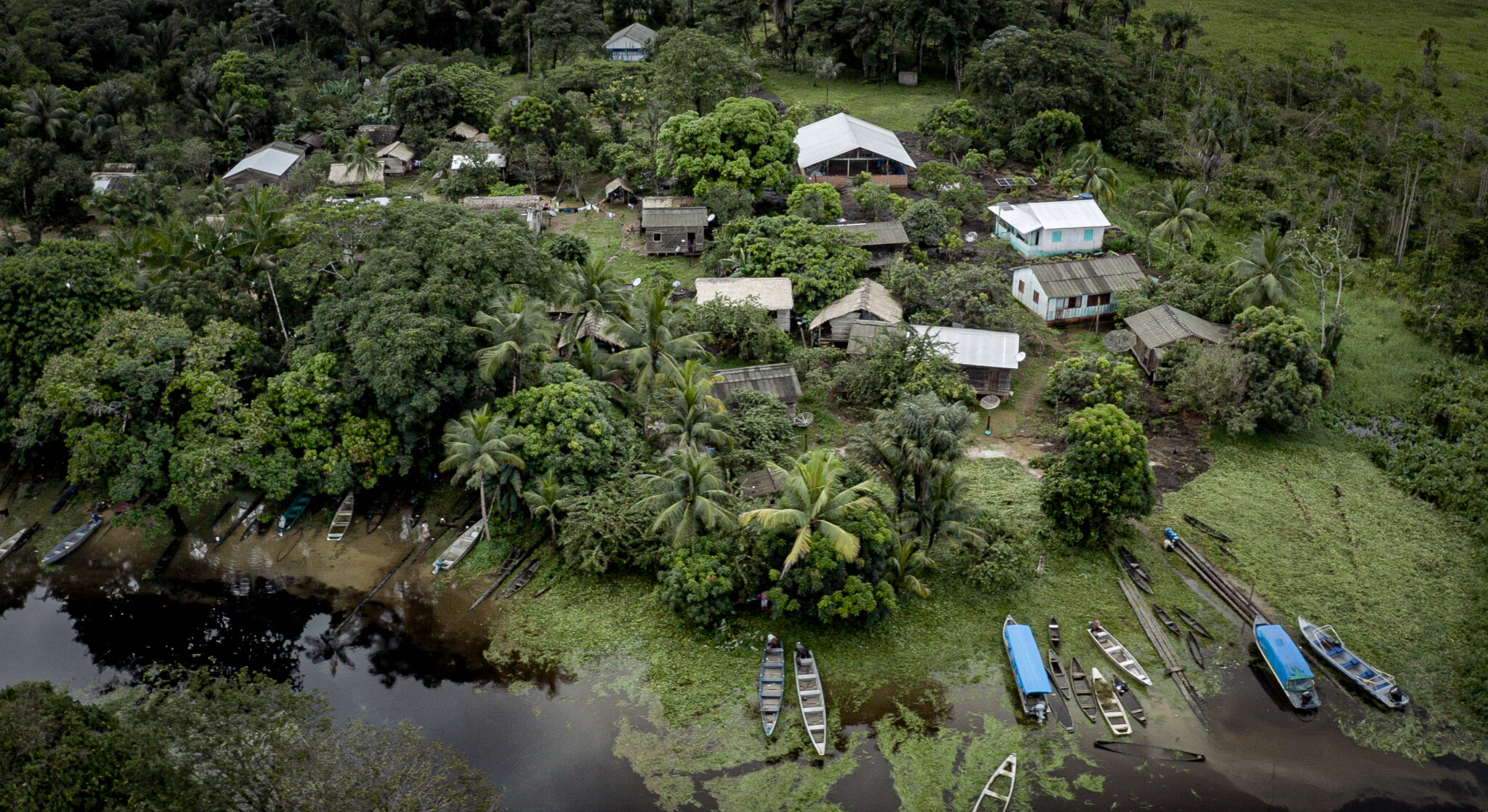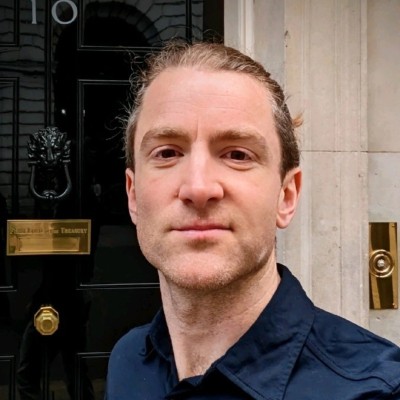
Uaçá Community in Oiapoque (Brazil). Photo: Jaye Renold/ If Not Us Then Who
Voluntary carbon markets (VCMs) can deliver real climate and community impact – but only if they are built from the ground up.
“’I’ll start with the obvious but often forgotten fact. For all markets to flourish and grow, it depends on trust” – Nigel Topping, Ambition Loop
Trust in voluntary carbon markets has been tested in recent years. As Chris Shipley from the UK Department for Energy Security noted, voluntary markets have shrunk from $2.1 billion five years ago to just $535 million. Concerns around transparency and credibility have been key factors, but efforts to rebuild trust are gaining momentum, with greater scrutiny, stronger standards and more collaborative approaches across the market.
VCMs have the potential to channel urgently needed resources to protect nature and support communities. But too often, questions linger: Are projects delivering on their climate and biodiversity promises? Are communities genuinely benefiting?
Here are five takeaways from London Climate Action Week that point the way forward:
Read more
Related articles for further reading
Communities Must Be Partners, Not Passive Beneficiaries
As Dan Collison, CEO of Farm Africa, challenged: “We often talk about frameworks and accreditations, but there’s very often little mention about the countries that actually own and steward the carbon.”
Stella Napanu of ICVCM urged a mindset shift: “It’s time to flip the coin”. Communities aren’t just stakeholders—they’re leaders. They bring deep knowledge of their territories and how to manage them with nature. But carbon markets are complex. Inclusion must be intentional.
Benefit Sharing Must Be Fair and Transparent
Tom Skirrow from TreeAid warned that community engagement is frequently symbolic. Too often, investor returns have been prioritised over community benefits, sometimes cutting community shares first when challenges arise.
He proposed three fixes:
- Move from opacity to transparency
- Give communities a seat at the table when benefit sharing is being agreed.
- Set benchmarks that drive a race to the top
A reminder from Stella Napanu of ICVCM that there is currently no global standard for community engagement, even though 40% of intact ecosystems are in Indigenous and locally managed territories.
When benefits are fair, communities reinvest. In Ethiopia, Farm Africa-supported cooperatives received 60% of revenues, 87% used it to launch businesses like building mills and eco-tourism ventures. The government is now scaling this model, increasing the community share to 80% and focusing on enterprise investment.
Community-Rooted Projects Are Not a Barrier to Scale—They’re the Key to It
There’s a false tension between speed and scale. Landscapes are owned by people. Without their buy-in, projects won’t last.
Some investors may hesitate to engage in projects involving thousands of stakeholders, viewing them as complex or high-risk. But Kahill Baker of Taking Root reframed this as resilience. Their work in Ecuador spans thousands of properties. Despite floods, fires, and unrest, their impact loss has never exceeded a few percent.
These shifts are not just about fairness, they are essential for climate progress. The world needs rapid, high-integrity climate action now. High-quality carbon credits can deliver immediate resources to protect nature and support communities, alongside efforts to reduce emissions at source. We cannot afford to wait. As voluntary carbon markets evolve, we must harness their potential as a tool for urgent climate finance, one that works for people, nature and the planet today.
The Investment Pipeline Has a Missing Middle
According to Phil Skinner of the Private Infrastructure Development Group, early-stage capital (up to $1M) for VCM projects is available. So is large-scale institutional funding, like AXA’s $500M fund – but the ticket size jumps from $10–20M. But there’s a critical gap at around $5M in the middle—capital needed to de-risk and ready projects for larger funds. Encouragingly, more initiatives are beginning to focus on this “missing middle”, a sign that the market is evolving to support projects through every stage of their journey.
Bridging the Gap Between Investors and Developers Takes Work
As Nigel Topping put it, “There’s a tendency that when something doesn’t work, to say the whole system is rubbish”.
Investors, project developers and communities speak different languages. Bridging that gap requires patience, trust, and a shared commitment to progress.
The conversation is maturing, and we must resist the urge to dismiss the entire voluntary carbon market system when problems arise. Instead, we should focus on constructive, good-faith efforts to improve community engagement and bridge the gap between investors and project developers.
~
These five shifts are already underway in many parts of the market. Across Africa, Asia and Latin America, pioneering projects, supportive investors and progressive governments are showing what’s possible when communities, climate and capital work together. The path ahead is challenging, but it’s also full of opportunity.
It’s clear that if VCMs are to succeed, they must be rooted in trust, equity, and community leadership. That’s not a barrier to scale. It’s the only path to it.
Perhaps it’s time to evolve our thinking, to place human development and community leadership at the heart of natural climate solutions, recognising that thriving communities and thriving ecosystems go hand in hand. Nature, climate and people must all be part of the solution, together.
